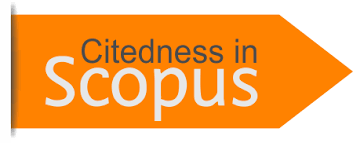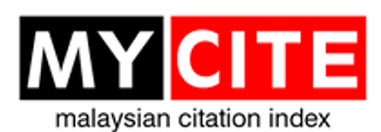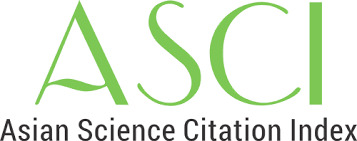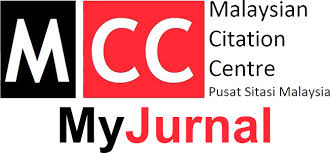Impact of Public Opinion Noise on Xi'an City Image in the New Media Era: Taking Xi'an Release as an Example
Keywords:
new media; public opinion noise; urban image; Xi'an release; information release strategyAbstract
The rapid development of the Internet and communication technology has accelerated the pace of change in media technology, especially the rise of the Internet and new media, and the use of media has become increasingly popular, penetrating more deeply into all aspects of social life. Social development and media application are inextricably linked, and the media have changed the way and content of people's social activities to a certain extent. The researcher hopes to deeply understand the influence of public opinion noise on Xi'an's city image in the new media era and takes the official microblog account "Xi'an Release" as a case study to analyse the information release strategy and its role in the construction of the city's image in the new media environment. Using a combination of quantitative and qualitative methods, the study analyses the information dissemination behaviours of "Xi'an Releases" in different public events and the online public opinion reactions they triggered and further explores how this public opinion noises affect the public perception of Xi'an's city image. Specifically, the study applies content analysis, sentiment analysis, case study, and regression modeling to examine both the media outputs and the public response patterns. The study finds that the public opinion noise on the new media platform not only spreads quickly but also amplify the impact of negative information. Public opinion noise increases Xi'an's exposure to a certain extent but also brings about diversified interpretations of the city's image and potentially creates short-term and even long-term negative effects on the city's image. However, through effective public opinion guidance and information management, government official media can mitigate these negative effects to a certain extent. The researcher provides a new perspective for understanding the complexity of urban image management in the new media era and offers strategic suggestions for how governments and city managers can effectively use new media tools for urban image building.














